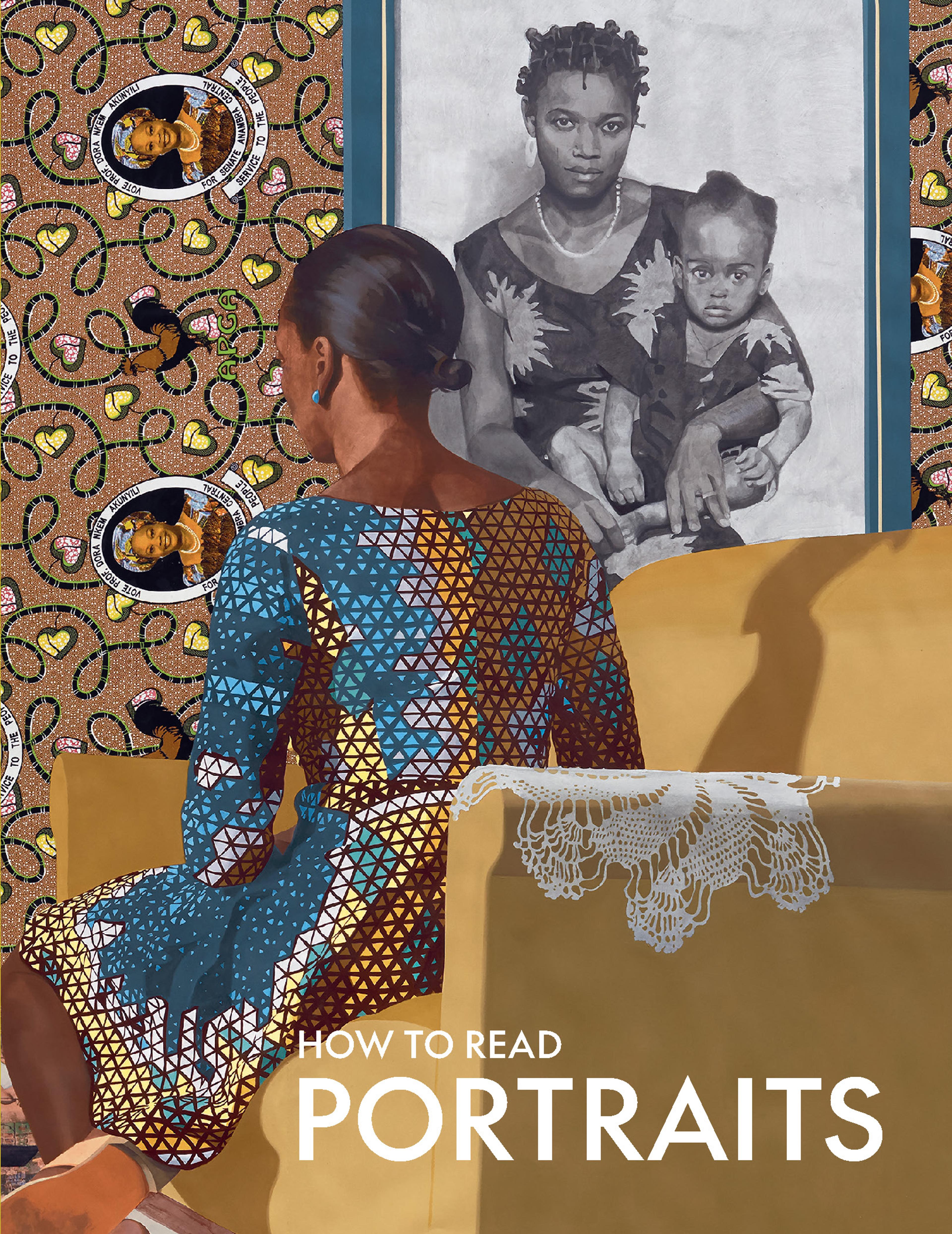Elenka
Neel was employed by the Works Progress Administration, a Depression-era relief program for artists under President Franklin Delano Roosevelt’s New Deal, when she rendered this striking image of a young woman. The sitter's penetrating gaze radiates formidable intellect and presence, while the painting’s bold composition, filled with blocks of flat color, reinforces her strength. During the run of The Met’s special exhibition Alice Neel: People Come First, a film historian speculated that the sitter could be the great experimental filmmaker Maya Deren, who, at nineteen and recently married to her first husband, would have recently moved to Greenwich Village and still have been known by her birth name of Eleanora or her nickname, Elinka. While the visual evidence connecting Elenka to Deren is compelling in itself, research concerning her identity is ongoing to confirm it.
Regarded today primarily as a portrait painter, Neel resisted any characterization of her work as portraiture, preferring the description "pictures of people," because she believed her imagery went beyond mere likenesses of her subjects to evoke their character and states of being. The artist focused especially on individuals who had experienced injustice as a result of sexism, racism, and capitalism as well as those who combatted it. Democratic and inclusive, Neel painted people from many different backgrounds and walks of life. New York was Neel’s greatest muse, and the stage for a human drama she began capturing in the 1930s. Neel’s life and art were inflected by the tumultuous events of the twentieth century, including the Great Depression, the rise of Communism, and the feminist and civil rights movements.
Regarded today primarily as a portrait painter, Neel resisted any characterization of her work as portraiture, preferring the description "pictures of people," because she believed her imagery went beyond mere likenesses of her subjects to evoke their character and states of being. The artist focused especially on individuals who had experienced injustice as a result of sexism, racism, and capitalism as well as those who combatted it. Democratic and inclusive, Neel painted people from many different backgrounds and walks of life. New York was Neel’s greatest muse, and the stage for a human drama she began capturing in the 1930s. Neel’s life and art were inflected by the tumultuous events of the twentieth century, including the Great Depression, the rise of Communism, and the feminist and civil rights movements.
Artwork Details
- Title:Elenka
- Artist:Alice Neel (American, Merion Square, Pennsylvania 1900–1984 New York)
- Date:1936
- Medium:Oil on canvas
- Dimensions:24 × 20 in. (61 × 50.8 cm)
- Classification:Paintings
- Credit Line:Gift of Richard Neel and Hartley S. Neel, 1987
- Object Number:1987.376
- Rights and Reproduction:© The Estate of Alice Neel
- Curatorial Department: Modern and Contemporary Art
More Artwork
Research Resources
The Met provides unparalleled resources for research and welcomes an international community of students and scholars. The Met's Open Access API is where creators and researchers can connect to the The Met collection. Open Access data and public domain images are available for unrestricted commercial and noncommercial use without permission or fee.
To request images under copyright and other restrictions, please use this Image Request form.
Feedback
We continue to research and examine historical and cultural context for objects in The Met collection. If you have comments or questions about this object record, please contact us using the form below. The Museum looks forward to receiving your comments.
